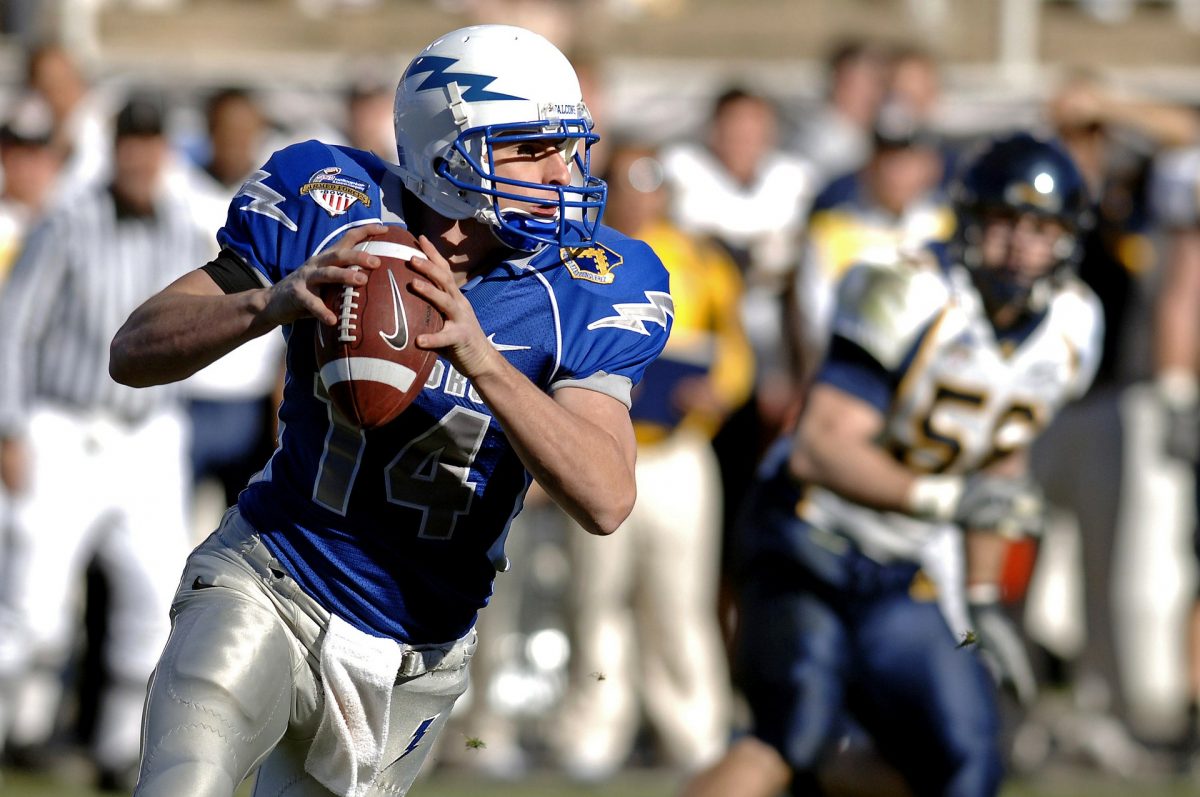You may not be the least bit interested in the NFL (or in sports at all). But sometimes, a sports metaphor is helpful in understanding something that’s important to each and every one of us. And if you’re just kicking off a health-related battle (pun intended) then stay with me as I explain your need for a “Healthcare Quarterback.”
Understanding the Quarterback’s Role
This week the NFL’s 32 teams kicked off their training camps as they begin preparation for the upcoming 2019 season. Every NFL team roster has 53 players on it. But there’s one position that has the greatest impact on the overall performance of the team: the quarterback. One of the primary goals coming out of training camp is for a team to have answered this important question: “Who is the Quarterback?”
So how does an NFL team evaluate quarterback talent? According to college and NFL talent evaluator Chris Landry, pro-quarterback prospects must have a combination of physical abilities and key intangibles. They include:
• Having total dedication to football
• Not being an excuse maker or seeker
• Inspiring confidence of his teammates
• Thoroughly understanding pro-style defenses how to beat these schemes
• Having the ability to read and react quickly and stay cool in the pocket
• Having the ability to remain calm and collected to changes in health or treatment status
In short, a quarterback is the team leader. He’s the person everyone will turn to in times of crisis. His success (or failure) will determine the team’s performance in the upcoming season.
Why You Need a Healthcare Quarterback
If you dealing with a major health issue (i.e., cancer, heart disease, diabetes, Parkinson’s etc.), you will likely have a team of people working to help you win the battle. But just like in football, there’s a need for one person to take the lead and be the decision maker throughout the process. That one person will have the greatest impact on your treatment and prognosis. In other words, you need a healthcare quarterback.
If you are thinking that your family doctor or oncologist will fill that role for you, you are in for a rude awakening. Healthcare services today are delivered in a manner similar to how a boutique-style business serves their customers; typically serving their niche market customer set only and not venturing far (if at all) from this familiar zone. Healthcare specialists provide services to their patients in their functional discipline –heart, pulmonary, oncology, anesthesia etc. – but there isn’t any one doctor that will act as your quarterback and navigate you through the healthcare bureaucracy.
How Do You Choose a Healthcare Quarterback
So, now that we know we need a healthcare quarterback, it’s time to start thinking about what characteristics this individual should possess.
Building on the characteristics of a successful quarterback in the NFL, you should look for someone that:
• Has the time and energy to dedicate to battling the condition
• Is organized, intelligent and decisive
• Inspires confidence in the healthcare team members
• Has the ability to understand complex medical procedures and jargon and how it relates to battling the condition
Before you make your decision, though, I have two additional pieces of advice.
1. Don’t exclude yourself from the list of healthcare quarterbacks.
In Know Your Enemy, the 1st edition, I wrote…
”Regarding my mother Maxine’s and wife Alyson’s battles with cancer, we learned early on that Max and Alyson, and not family members, were the real Generals [or for the purposes of this blog, the quarterbacks] controlling the battle. As such, we had to constantly reign in our personal desires and remember to live each day in the moment to stay in sync with Max’s and Alyson’s physical, emotional, and mental energies. This enlightened approach allowed us to reduce the anxiety and stress associated with a leadership void as well as delegate tasks to our troops in a more efficient manner.”
2. I highly advise against a two-quarterback system.
I could bore you with countless stories of failed attempts by college and NFL teams to implement a two-Quarterback system but this quote from John Madden, former American football and Super Bowl winning head coach, 2006 Pro Football Hall of Fame inductee and NFL sportscaster, states it best: “If you have two quarterbacks, you actually have none.”
Just like every football team needs a quarterback, your upcoming medical battle needs a person to take charge, make decisions, and keep everyone calm and in line during the most difficult moments.
In the NFL, it’s all about winning and losing, and often the quarterback’s play is the deciding factor in the outcome of a game. For your upcoming medical battle, the stakes are even higher. We’re not talking about a game, we’re talking about your life. You need to have complete confidence that the person you select as your healthcare QB is game-day ready and can take charge, make decisions, and lead your healthcare team to victory! So choose wisely.





